How to Fix File System Error (-1073741515) in Windows?
The file system error 1073741515 in Windows prevents users from launching applications, installing new programs, and even updating the operating system. In some cases, the users also cannot launch the Command Prompt as an administrator, and the system fails to recognize the USB devices as well.
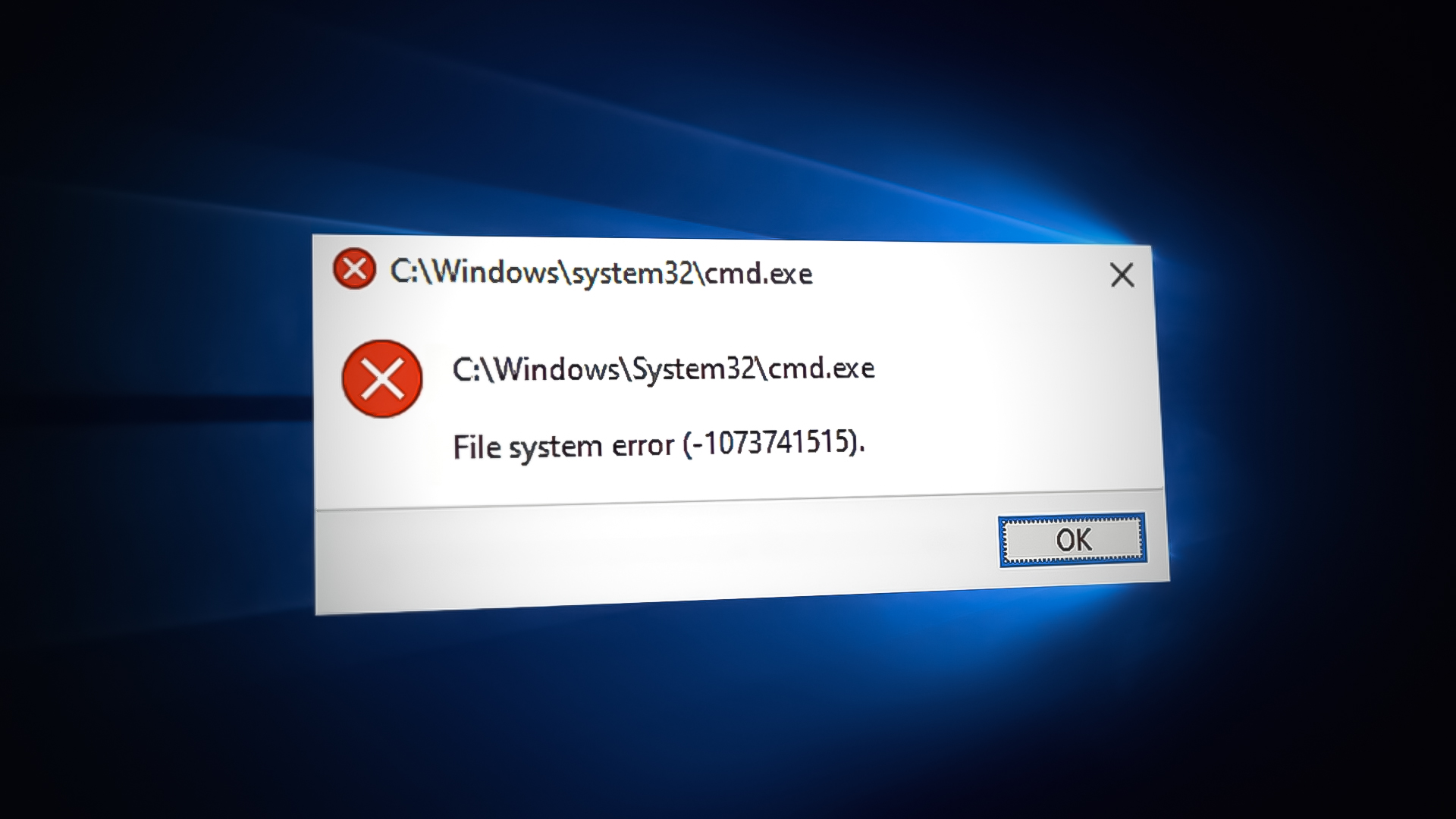
This error can be caused by a number of reasons, such as a faulty update or a corruption error within the system. Below, we take a look at the solutions to try if you are facing the same problem in your Windows system.
Before You Troubleshoot
Throughout this guide, we will be going through several troubleshooting methods that require you to launch Safe Mode. Safe Mode launches Windows with only an essential set of necessary apps and drivers, allowing the system to function without any third-party interference.
That is why, before you go forward with the methods, use the steps below to access it via the Recovery menu.
- Shut down your computer.
- Turn it back on and when Windows is about to load (your screen is showing dots circling), press the power button for at least 5 seconds to shut it off again.
- Do this twice, and the third time, Windows will boot into the recovery environment.
- Choose Troubleshoot from the list of options available.
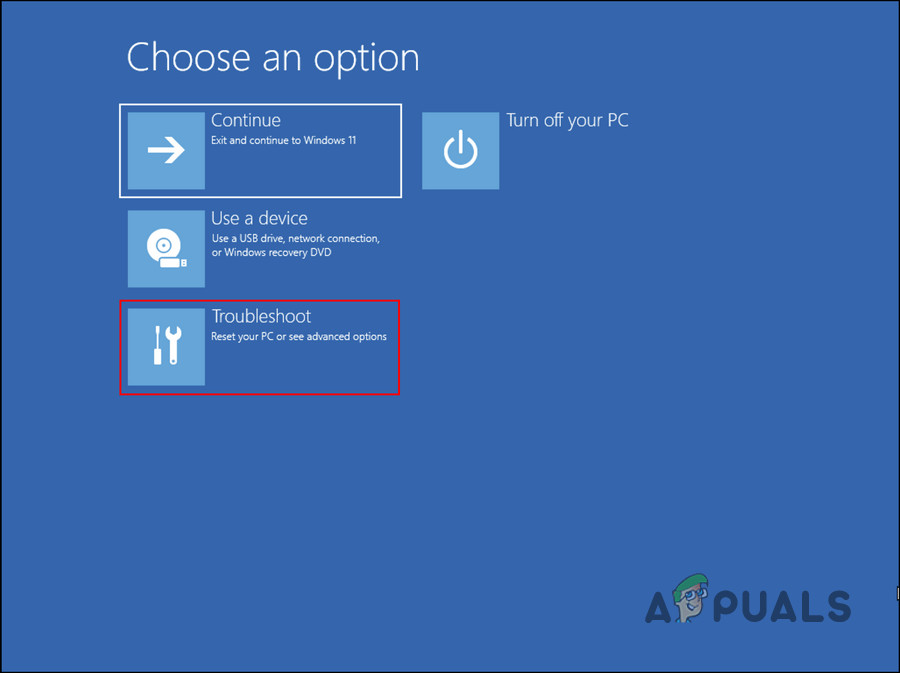
Click on the Troubleshoot option - Click on Advanced options and then choose Startup Settings.
- Click on the Restart button.
- Now, click 4 on your keyboard if you want to launch Safe Mode in its basic state and 5 if you want to launch Safe Mode with the internet.
Once you are inside the Safe Mode, you can proceed with executing the troubleshooting commands as described in this guide below.
2. Uninstall the Program/Update
One of the main causes behind the error is a corrupt or faulty update or application recently installed by the user. There are times when a corrupt update or program causes your system to act up, resulting in errors like the one at hand.
The solution, in this case, is simple, as all that you need to do is undo these recent changes, which means uninstalling any updates or programs that you may have recently installed.
- Once you have launched the Safe Mode, type Control Panel in the search area of the taskbar and click Open.
- Click on Uninstall a program under Programs in the following window.
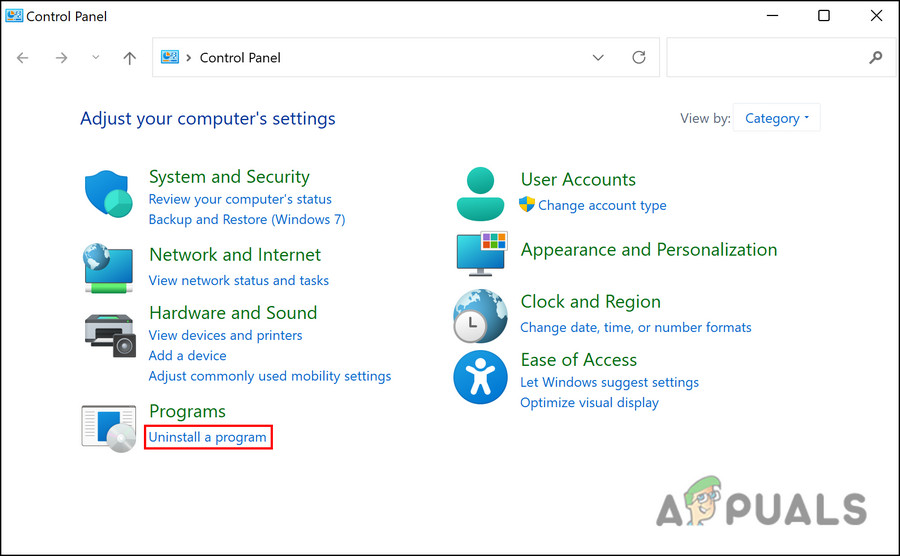
Click on Uninstall a Program - Now, locate the faulty application ad right-click on it.
- Select Uninstall from the context menu and follow the on-screen instructions to proceed.
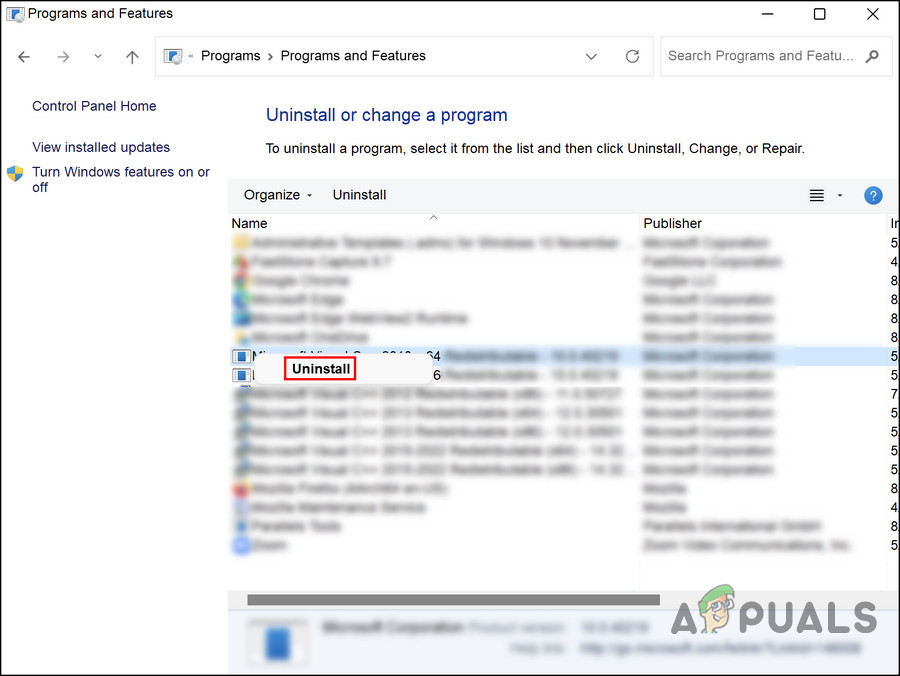
Uninstall the program - To uninstall an update, click on View installed updates in the same window as shown below.
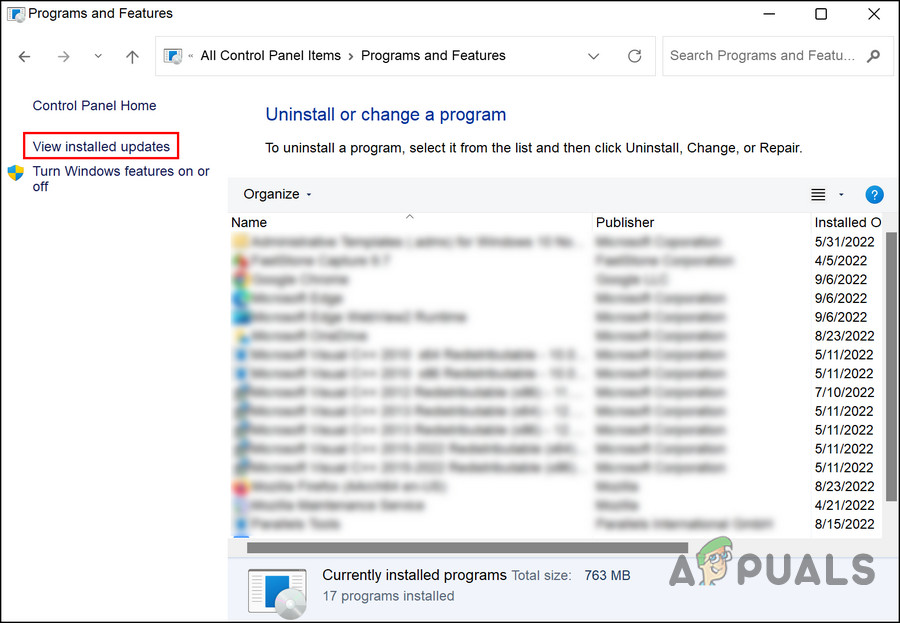
View the installed updates on the system - Locate the targeted update and right-click on it.
- Choose Uninstall and once the update is removed, check if the issue is resolved.
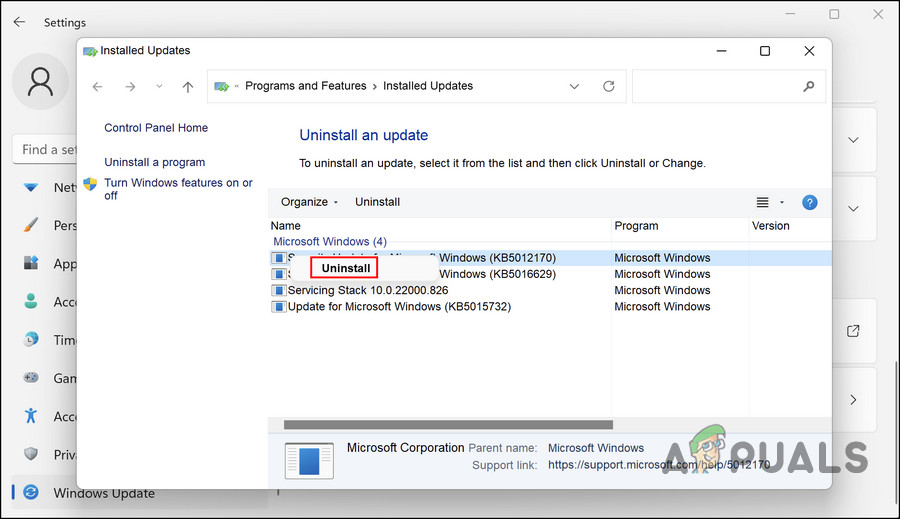
Uninstall the update
3. Use System Restore
System restore creates backup points periodically on Windows. A restore point is essentially a snapshot of the state of your system at a particular point in time, and you can use them to restore the operating system if something goes wrong.
Here, we are going to use the System Restore utility to restore the system to a previous state that does not have the problem.
Follow the steps below to proceed:
- Press Win + R together to open Run.
- Type control in Run and click Enter.
- Then, use the search bar at the top-right to find System restore.
- Click on Create a restore point from the results.
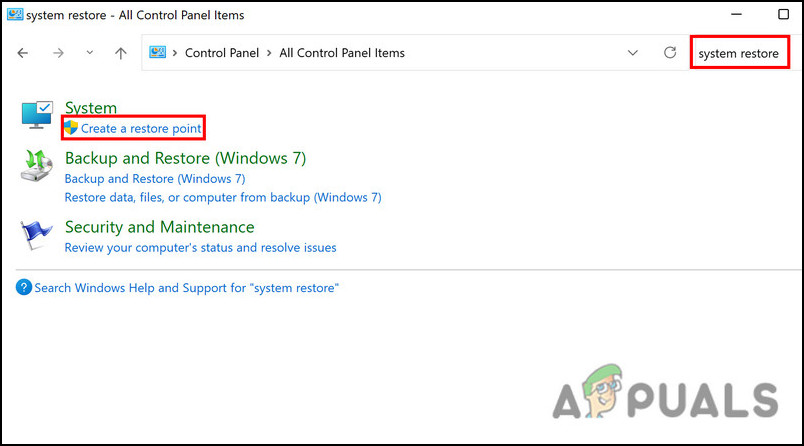
Click on the Create a restore point option - In the next dialog, click on the System Restore button.

Click on System Restore - Now you should be able to see a list of system restore points. Choose the most recent one and click Next.
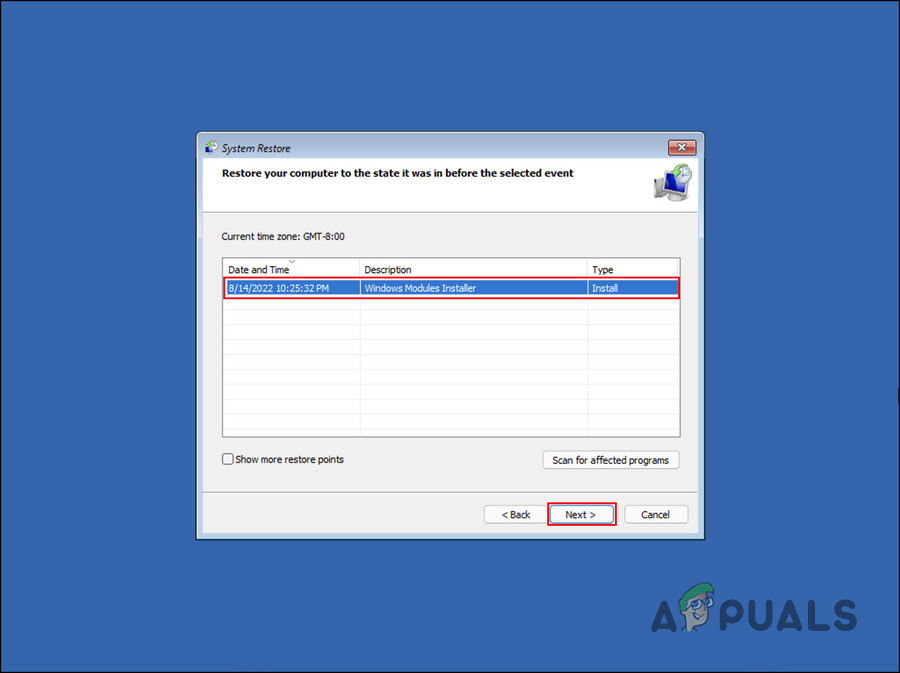
Pick a restore point - Follow the on-screen instructions to proceed.
4. Run Tweaking Windows Repair
You can also run another troubleshooting tool; Tweaking Windows repair. This helped several other uses in resolving the issue, which is why we recommend you give it a shot.
- Download the tool using this link.
- Click on the downloaded file and follow the on-screen instructions to install it.
- Click on Jump to Repairs button.
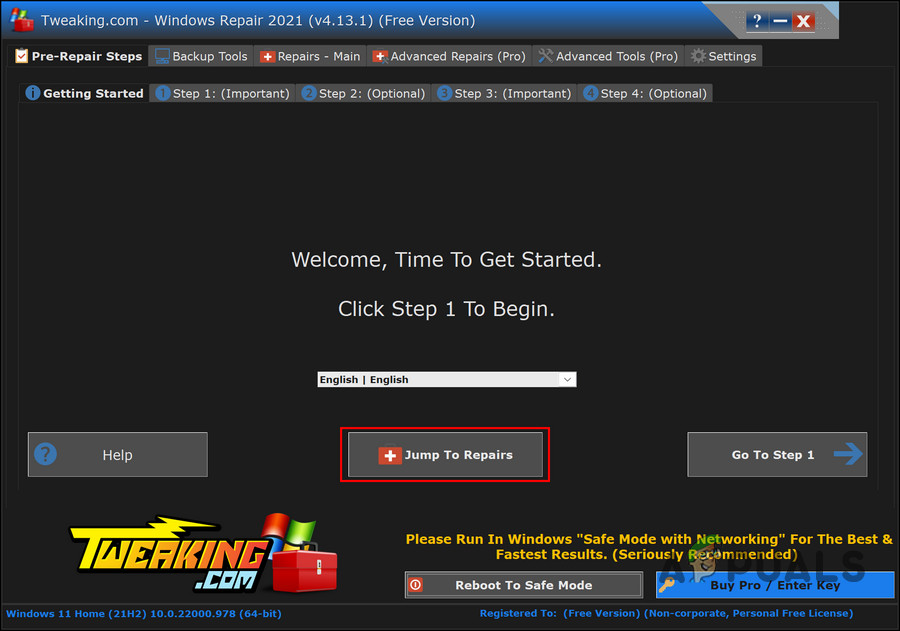
Click on the Jump to Repairs button - Choose Open Repairs.
- In the following window, click on the Start Repairs button.
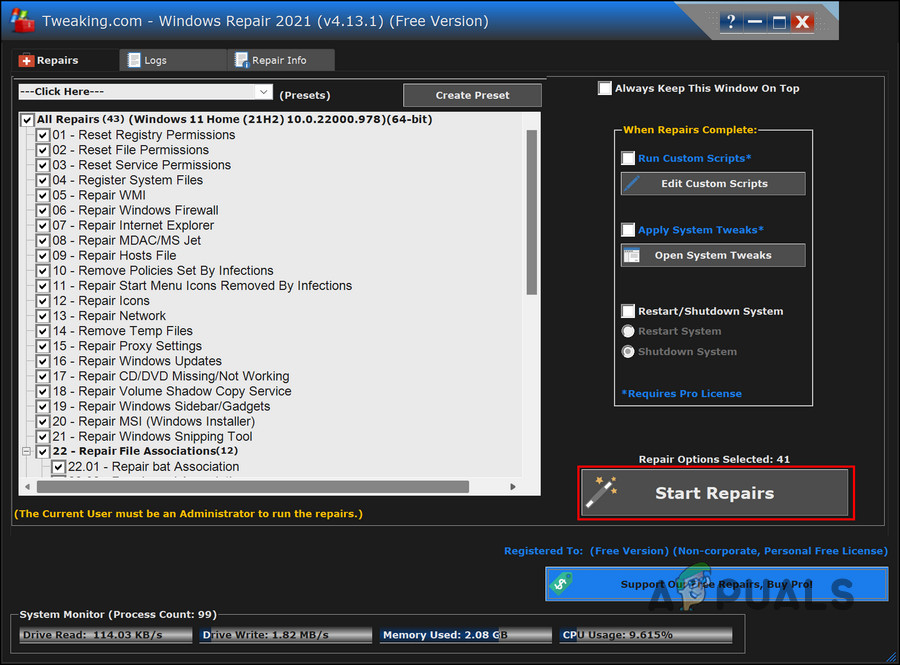
Begin the repair process - Wait for the process to complete and then check if the issue is resolved.
5. Perform a Reset or a Repair Install
Having come this far without a solution, it is clear that the conventional troubleshooting methods are ineffective in fixing your problem. There are two options available to you from here on out.
If you want to give your system a fresh start, you can reset Windows to its default state. In this process, all applications you installed yourself will be removed from the system. You will essentially be restoring your Windows to the way it was when you first installed it.
As an alternative, you can also perform a repair install, which will replace all Windows files with fresh ones. While this process is underway, your personal files and programs will remain unaffected.
In either case, the problem will hopefully be fixed, so proceed – and good luck.




